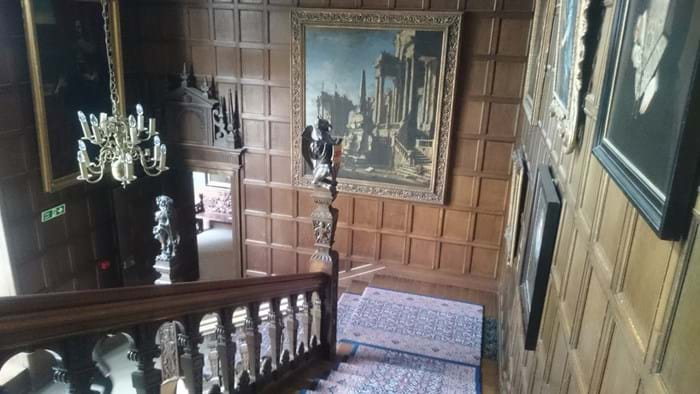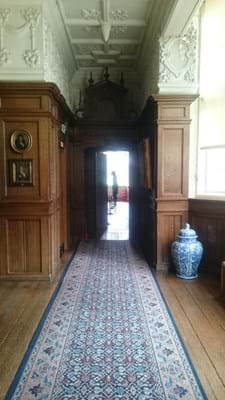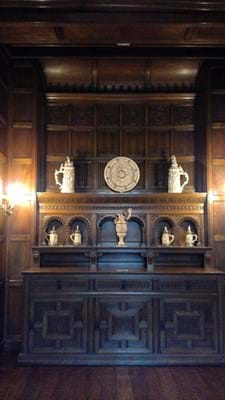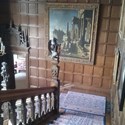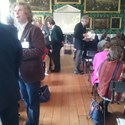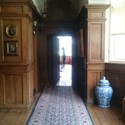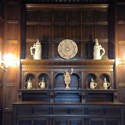More than 50 people attended the opening morning of the two-day Antiques Dealer Project Conference yesterday which is organised by the University of Leeds and supported by Leeds Museums and Galleries, The British Antique Dealer Association (BADA), and The Arts and Humanities Research Council (AHRC).
During its 30th month span, the Antique Dealers Project has compiled over 50 hours of recordings of oral histories along with several partial and complete archives.
Speakers at the conference agreed that key changes to the trade have taken place over the last 100 years, particularly following the Second World War, including the increased use of room-set displays, the rise of antique fairs and the decline of the great house sales.
In the early 20th century, top dealers like Partridge adopted warehouse-style displays in their galleries and, even in the 1950s and 60s, dealers and auctioneers still tended to present their stock without a formal design concept.
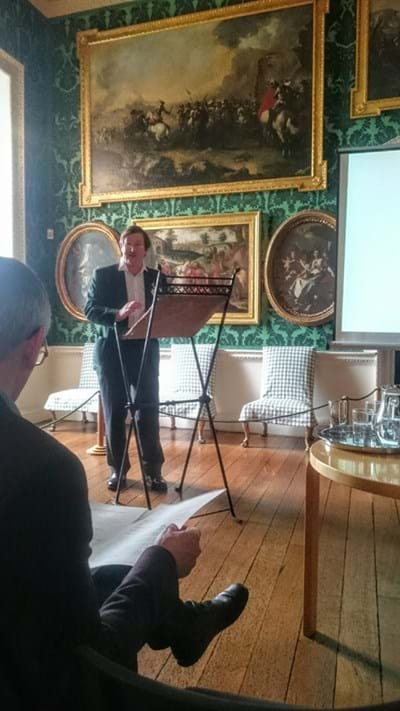
ATG’s editor-at-large Mark Bridge who made the first speech at the Antiques Dealer Project Conference.
In his presentation to the conference, ATG’s editor-at-large Mark Bridge mentioned that the 1970s to 1990s is often regarded as a boom time for the UK antiques trade with a healthy supply of material, prominent overseas buying, high inflation (making tangible assets a more attractive investment) and a greater general level of interest in the subject matter of antiques all underpinning the market.
One theme mentioned throughout the talks was the importance of record-keeping in the study and understanding of the trade. Among the goals of the Antique Dealer Project is the creation of an extensive archive of dealer accounts, not just to remember sales, but also to record where and how those sales were made.
Combined Knowledge
The conference took place in the Picture Gallery at Leeds' Temple Newsam House and was led by the principal investigator of the project Mark Westgarth, a former dealer who is now a lecturer at Leeds University.
Delegates had full access to Temple Newsam House and curators from Leeds Museum, dealers and other delegates were encouraged to compare their knowledge of various items, combining academic and trade expertise to give an insight on particular pieces.
Some concerns were expressed about current state of the British antiques market and the role of dealers in it, although when the floor opened for discussion, delegates credited the collective of young dealers known as The Antiques Young Guns as carrying the antiques torch into the 21st century.
Although no members of the Young Guns were in attendance, Westgarth said that there was a future for the market in the Young Guns saying: “I think there are absolutely green shoots in the market.”
Furniture specialist Lennox Cato said: “Antique dealers have been going on since the Roman times. Since the 1960’s dealers have been saying ‘oh it’s not the same any more, it’s not the same,’ but in fact nothing’s changed.”
“The real change is how the information is being traded,” he added.
Tim Corfield of Corfield Morris said: “These Young Guns aren’t necessarily trading in things that Lennox Cato and I would trade in. But they’re upscaling and selling items for a handsome profit. It seems strange because we’ve lived the lives we’ve led and if we’d started off last week we’d be doing the same as them.
“There were plenty of dealers in the 1820s buying Chelsea porcelain which was only 30 year old at the time. If people want to deal in things that are 30 years old now, that’s fine, that was what was always done.”


